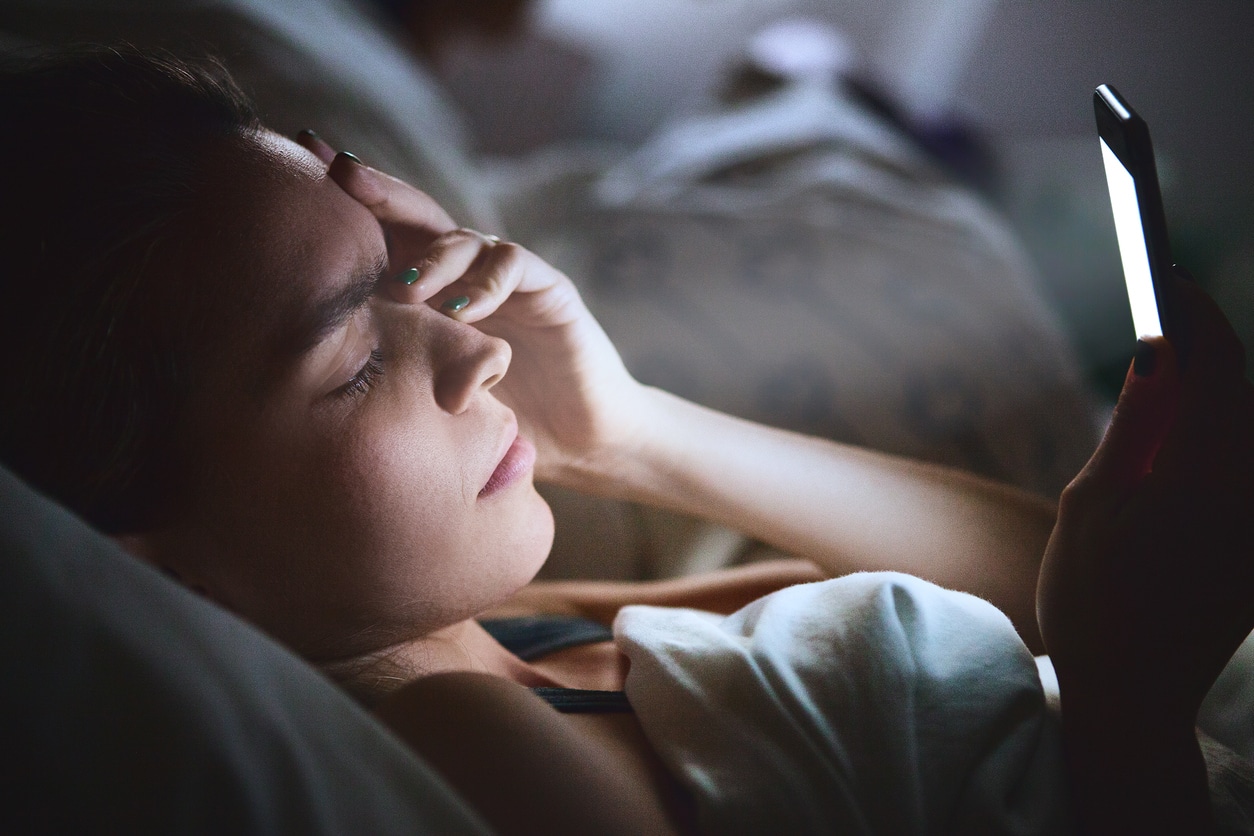Chances are you keep the lights on whenever you’re indoors, but are you aware that fluorescent lighting affects mood, concentration, and overall productivity? According to the CDC, light affects circadian rhythms, ultimately affecting your feeling of health and well-being.
A different study has found that lighting can influence your levels of depression, energy, mood, alertness, and productivity. There is a unique relationship between light and your sleep cycle, relaxation, and stimulation.
Office Lighting and Productivity

Modern living requires many people to spend most of their time within enclosed spaces, which sometimes lack sufficient light. The best solution to inadequate lighting is allowing for natural light.
A British study published in The Responsible Workplace found windows to be a principal determinant in occupant satisfaction in buildings. Natural light brings fulfillment by enabling us to see clearly and boosts our mood, behavior, and hormonal balance.
Installing larger windows improves workforce happiness and curtails illness and absenteeism. Employee satisfaction, on the other hand, contributes to increased productivity at the workplace.
When it’s impossible to have adequate natural light, the only solution is artificial lighting. However, it comes with some limitations.
Shortcomings of Artificial Lighting
The main challenge with artificial lighting systems is achieving the correct light intensity. Dim lights are as detrimental as high-intensity lighting is.
When working in a dull room, you force your eyes to work harder to see images, sometimes resulting in headaches. Dim lights can also cause drowsiness and reduced focus, which often diminishes employee motivation and performance.
High-intensity lighting, something usual with fluorescent lights, has several adverse effects on room occupants. Working in over-illuminated spaces can cause visual strain and migraine headaches. You might also find it hard to concentrate.
Besides migraines and potential eye problems, artificial light interferes with the circadian rhythm.
Artificial Light and the Circadian Rhythm
While artificial light increases the utility of areas that would be otherwise inaccessible due to darkness, it introduces some confusion in our bodies. It alters the natural way of bodies to respond to sunlight during the day and darkness at night.
The body’s responsiveness to light is part of the circadian rhythm, a 24-hour biological cycle in most living organisms. The rhythms are primarily dependent on illumination, though other stimuli like temperature influence the process.
The Natural Clock
the hypothalamus is the part of the brain that runs the natural clock, which controls the sleep-wake cycle. It connects with photoreceptors located on the retina and other parts of the body.
The receptors synchronize your internal clock with the amount of light absorbed during the day. The circadian cycle is vital in controlling sleep, wakefulness, body temperature, mood, digestion, and cell renewal.
Low lighting can cause depression and other complications. The type of light directly influences your focusing power, appetite, and many other daily aspects.
Promoting Healthy Circadian Rhythms
Many factors hurt our circadian rhythms, preventing us from enjoying healthy wake and sleep cycles. These include spending most of the time in environments illuminated artificially and staring at screens for extended night hours.
Strive to improve your circadian rhythm for healthier living. While you cannot avoid artificial lighting altogether, you can maintain a healthy body clock by imitating natural daylight and night cycles.
Typically, use brighter lights in the morning and daytime, and make your room dimmer at night. If you do the opposite, be ready for an altered circadian cycle, poor sleeping patterns, and fatigue during the day.
Researchers have confirmed that high-intensity light increases your initial emotional reaction to stimuli. The effect can be beneficial or unfavorable.
Avoid the Phone at Night
Smartphones have become a critical part of our lives, enabling us to communicate with people and enjoy different apps from anywhere. Many people cannot resist the temptation of using their devices in bed, even during the late-night hours.
Sadly, this habit is damaging to your health. It ruins your sleep and adversely affects your brain function in several ways.
The Mind Stays Psychologically Engaged
Smartphones provide us with information and entertainment. However, your brain doesn’t need that when it’s time to sleep.
Using the smartphone in the middle of the night stimulates your brain and keeps you awake and active for longer. You stay engaged long after logging out upon checking a notification.
Falling asleep at night should be a happy, relaxing experience, which doesn’t happen when you’re staring at the phone at bedtime.
Blue Light Can Cause Insomnia
The blue light that your phone emits is an artificial color meant to mimic daylight. It helps you to stay alert during the day, but overexposure to it at night is injurious to the sleep-wake cycle.
According to doctors, the smartphone’s artificial light suppresses melatonin levels, the hormone responsible for regulating your sleeping patterns. It can make you experience insomnia at night and drowsiness during the day when you should be working.
Color Temperature
Another property of light that affects the human body is color temperature. High color temperature represents warmer and cooler light, which makes the environment relaxing and welcoming.
Cooler lights, like the smartphone blue light we have discussed, make the environment more stimulating. The body becomes more focused and alert, increasing one’s productivity levels.
Doctors suggest that utilizing sunlight in the daytime and avoiding blue light and other cool colors at bedtime can boost sleep quality. It can also improve your well-being.
Fluorescent Lighting and Migraines
Migraine disease affects over 15 percent of Americans. Symptoms of the disorder include a pounding headache, light sensitivity, nausea, and vomiting.
While over the counter tablets help to relieve migraines, defining the causes can be challenging. Many of those who frequently experience the problem find exposure to artificial lighting, especially fluorescent lighting, the top trigger.
Why fluorescent lighting? Fluorescent lights, which are common in workplaces, emit more blue light compared to other light sources.
The root cause of LED and fluorescent lighting migraines is either photosensitivity or glare.
Photosensitivity
Light sensitivity often results from the Irlen syndrome, which prevents the brain from processing some light wavelengths. It would help if you visited a doctor to confirm whether your migraine headache results from photosensitivity.
Glare
The over-illumination of traditional fluorescent lights causes a glare that makes some people develop migraines. The eyes strain due to the shine, leading to visual fatigue that evolves into a migraine headache.
If you work in front of a computer screen, you have a high chance of developing a migraine due to over-illumination. The artificial light illuminating the room falls on the screen and other surfaces and bounces back to your eyes.
How to Minimize the Effect of Artificial and Fluorescent Lighting
The effect of artificial lighting on productivity at the workplace can be quite significant. Office designers must find ways to achieve the required lighting needs for the job without compromising employee health.
Many workers worry about lighting in their workplaces to the extent of complaining about it. Employers can eradicate artificial lighting problems by increasing natural light penetration in offices.
Businesses can find modifying a building to allow more sunlight expensive. However, employee satisfaction associated with well-lit offices improves performance and overall organization throughput.
Moreover, institutions can reduce time loss from absenteeism because healthy workers won’t be asking for sick leaves. In the long term, better business performance can recoup the money spent on installing better windows.
Positioning Office Furniture for Better Lighting
Setting furniture to allow maximum illumination by natural light is a great way to counter artificial light’s adverse effects. It can minimize workers’ chances of developing eye problems and migraines due to their overdependence on fluorescent lighting.
Besides increasing natural light inside buildings, having the right furniture, such as ergonomic seats and standing desks, can increase workforce productivity. Proper posture and lighting will help relieve the nerves, reduce stress, and boost the organization’s efficiency.
Taming Fluorescent Light Migraines
Even if you have alternative lighting systems in your home, you’ll encounter fluorescent lighting and LED bulbs at some point. They are popular in public spaces, including offices, classrooms, waiting areas, hospitals, retail stores, and so forth.
So, what can you do if you suffer migraines related to fluorescent lights, yet you have to use these artificial lighting systems every day?
While older fluorescent lights are notorious migraine triggers, modern varieties emit mush less blue light. Some are more pinkish-orange than blue.
Consider replacing older LED and fluorescent lighting systems with more comfortable types that create less glare. However, fluorescent light filters are the ultimate solution to over-illumination and flickering.
LED and Fluorescent Light Filters
Regardless of the type of fluorescent lighting system, you can block all the harmful glare by installing fluorescent light filters. The excess light that artificial light concentrates in the building will no longer reach your eyes.
With NaturaLux light filters, you can forget about migraine headaches by limiting the light coming from your artificial lighting systems. They will protect you from photosensitivity, photophobia, computer vision syndrome, and computer eye strain.
Our filters are a more cost-effective substitute to full-spectrum light bulbs. You enjoy the full benefits of natural light without getting exposed to the sun’s harmful ultraviolet radiation.
Without a glare, you will read with less visual strain, concentrate better, and boost your productivity at your workplace.
Get a high-grade natural light filter for your LED and fluorescent fixtures for healthier lighting.
References:
https://www.lights.com/how-lighting-affects-mood-productivity
